How To Spot Hammertoe
Hammertoe is a type of deformity that occurs when the toe curls or bends downward rather than pointing in a forward direction. Any toe on the foot might be affected by this deformity, though it does tend to occur most often on the third or second toe. Sometimes hammertoe is a condition present when an individual is born. It's more common, however, for the condition to develop over time because of ill-fitting shoes or arthritis. Hammertoe is usually a treatable condition. If you think you have a hammertoe, get in contact with a doctor. They may refer you to a foot specialist like a podiatrist or orthopedist specializing in feet. There are many symptoms and signs of hammertoe to look out for. Here they are now.
Difficulty Moving The Toe
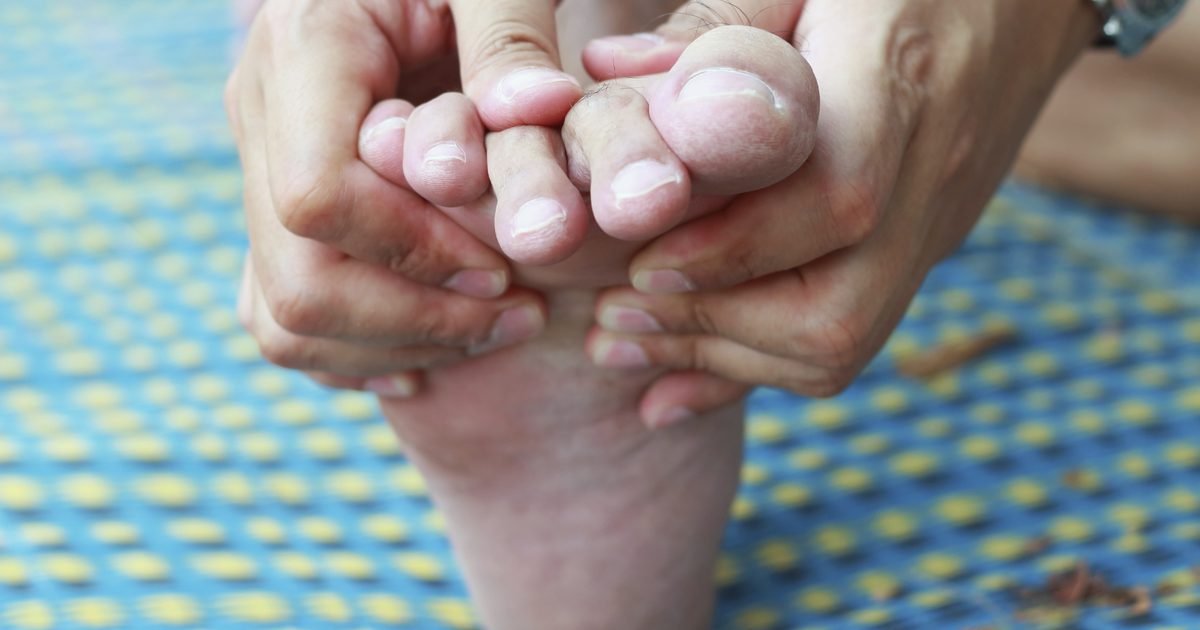
Patients with hammertoe might experience difficulty moving the toe, and it may also be painful to move the toe. This difficulty occurs because the toe is bending in a direction it shouldn't be, so an individual's range of motion is limited. Certain shoes can often cause hammertoe. Individuals who wear high heels or shoes with a very tight toe box may have their big toe pushed into the second toe, which can cause it to curl downward. Trauma such as a broken to might also cause hammertoe, if it heals wrong. Patients may also develop hammertoe if their toe muscles are abnormally balanced. This causes a contraction of the toe since weight isn't evenly distributed.
Reveal the next sign of hammertoe now.
Swelling And Redness
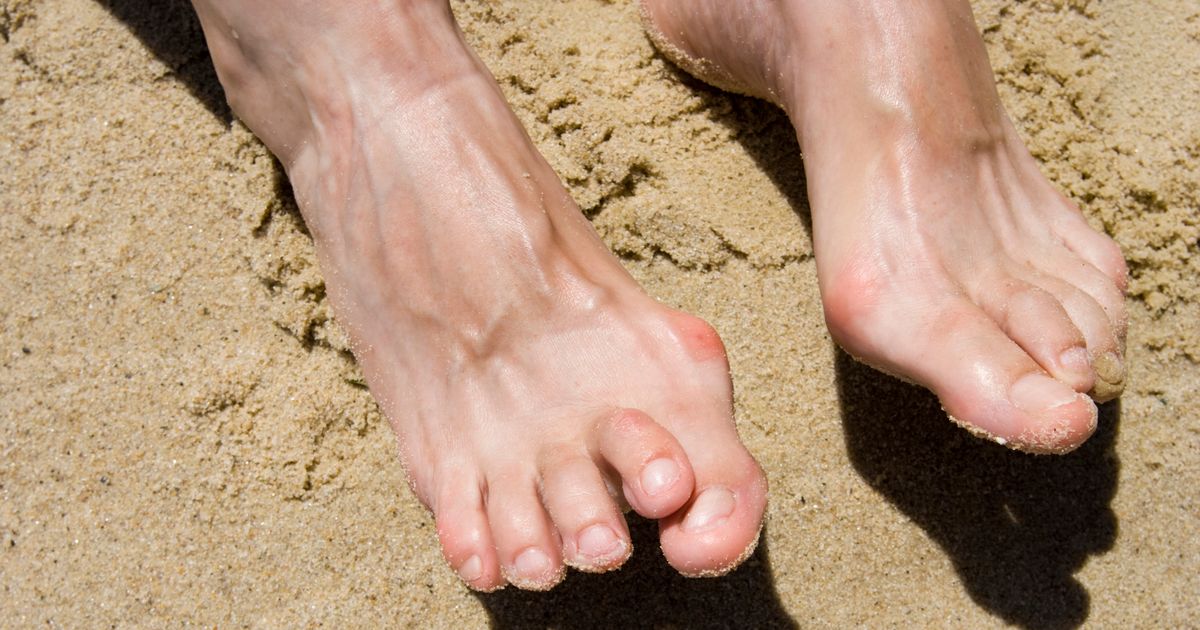
Patients may experience swelling and redness in the affected toe if they are dealing with hammertoe. If an individual has swelling and redness in the toe combined with any of the other symptoms in this article, they should get in contact with a podiatrist as soon as possible. Swelling may be a warning sign that hammertoe might develop. Ill-fitting shoes can cause irritations like swelling, blisters, calluses, and corns. If an individual continues to wear those shoes, hammertoe might develop. As a general rule, if individuals notice their feet are becoming swollen or irritated from their shoes, they should find a new pair of shoes. The redness comes from the irritation of the toe. There are treatment options for hammertoe, but they vary widely depending on how severe the condition is.
Continue reading now to learn more about the various symptoms of hammertoe.
Open Sores On The Toe
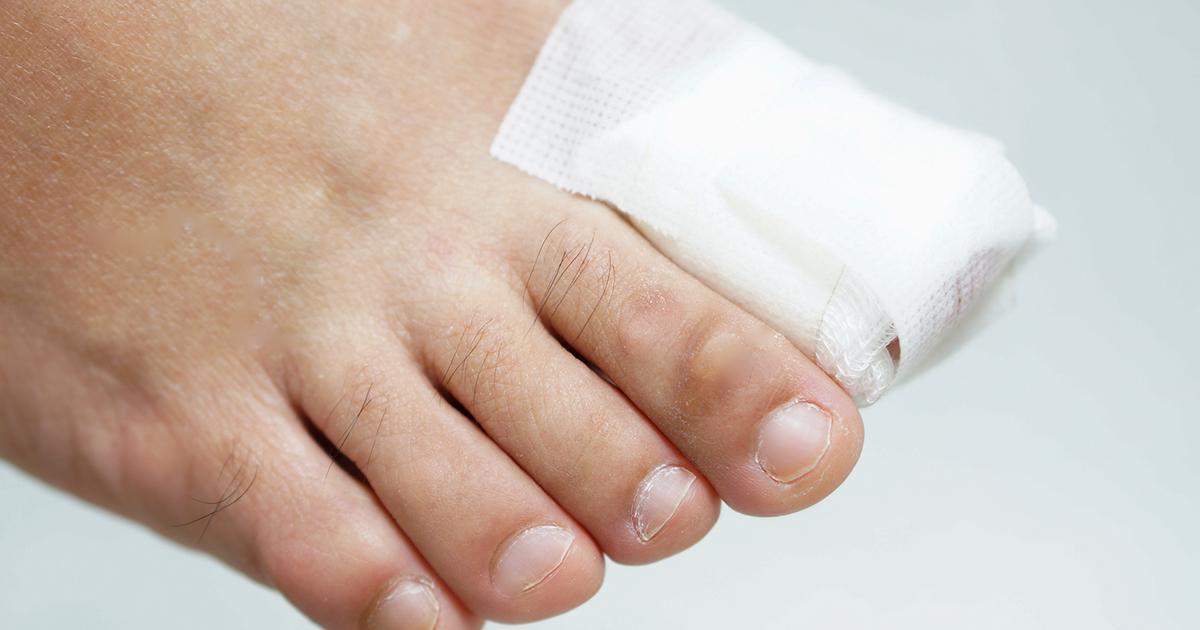
One sign of hammertoe is open sores on the toe, though it's worth noting hammertoe doesn't cause open sores on its own. However, continued irritation of the toe in question can lead to open sores. When the toe bends forward, it's more likely to become irritated or experience friction. Open sores might be caused by the big toe rubbing against the second toe, which can also cause hammertoe. A hammertoe may also rub against the inside of an individual's shoes more often. Hammertoes can become bent permanently if the toe's tendons tighten and contract. It's important to catch a hammertoe early so doctors can recommend the appropriate treatment. The best treatment for hammertoe is always prevention. Thankfully, there are many preventative measures patients can take.
Discover additional signs of hammertoe by reading more now.
A Burning Sensation
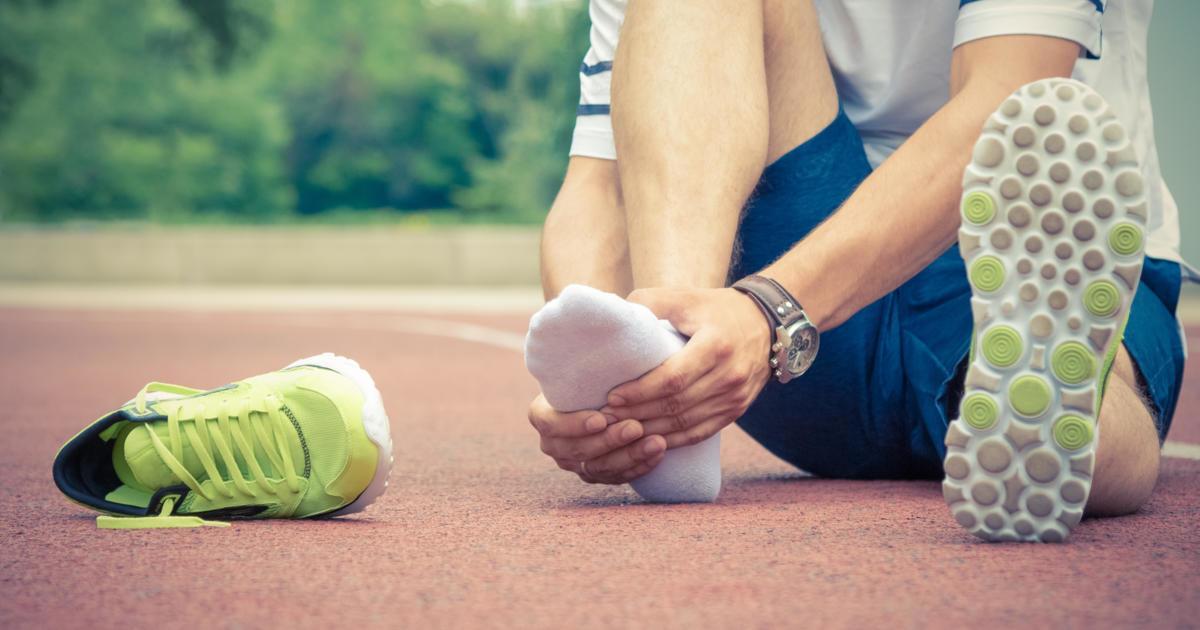
Patients with hammertoe may experience a burning sensation in the affected toe. This isn't caused by the hammertoe itself, but may be caused by continuing friction. It may also be caused if the toe is recovering from an injury. If an individual is experiencing burning in their toes, it's a sign there is something wrong. Most often, it's a problem with an individual's footwear. However, if they change what shoes they wear and the pain continues, patients should get in contact with a podiatrist soon. Proper footwear should have adequate room for the toes. Ideally, individuals shouldn't have a shoe with pointed toes. They should also look for low heels, as high heeled shoes might cause back issues. It's also helpful to look for adjustable shoes, as these tend to be roomier.
Get to know the next indicator of hammertoe now.
Corns And Calluses
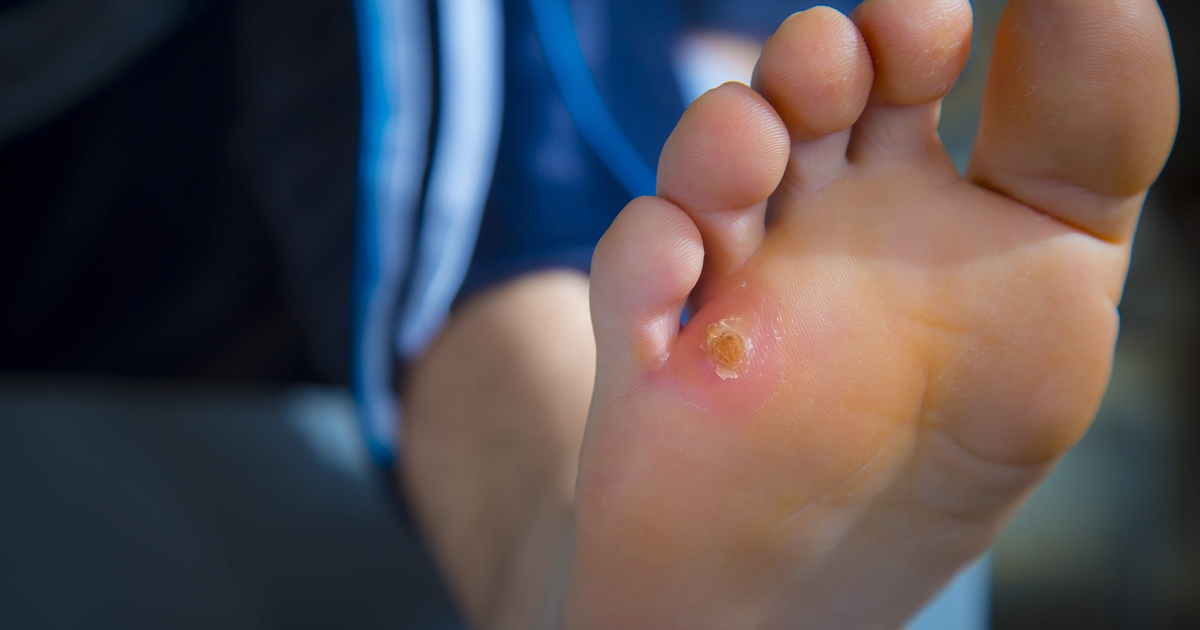
It's common for corns and calluses to develop due to hammertoe. Calluses might develop on the toe itself or the area around it. Patients might also have calluses on other parts of the foot, especially if their footwear has caused blisters. A callus is a raised patch of thickened skin, and it might be large and irregularly formed. Typically, calluses form when there's pressure or friction on the foot. They're a protective measure to keep the skin from becoming completely worn away. Corns tend to form on the joints of the toes, and unlike calluses, they tend to be small and round. They look like warts, but they have irritated skin surrounding their tough core. Calluses don't usually cause pain, but corns might.
Uncover additional warning signs of hammertoe now.
Abnormal Bend In Toe
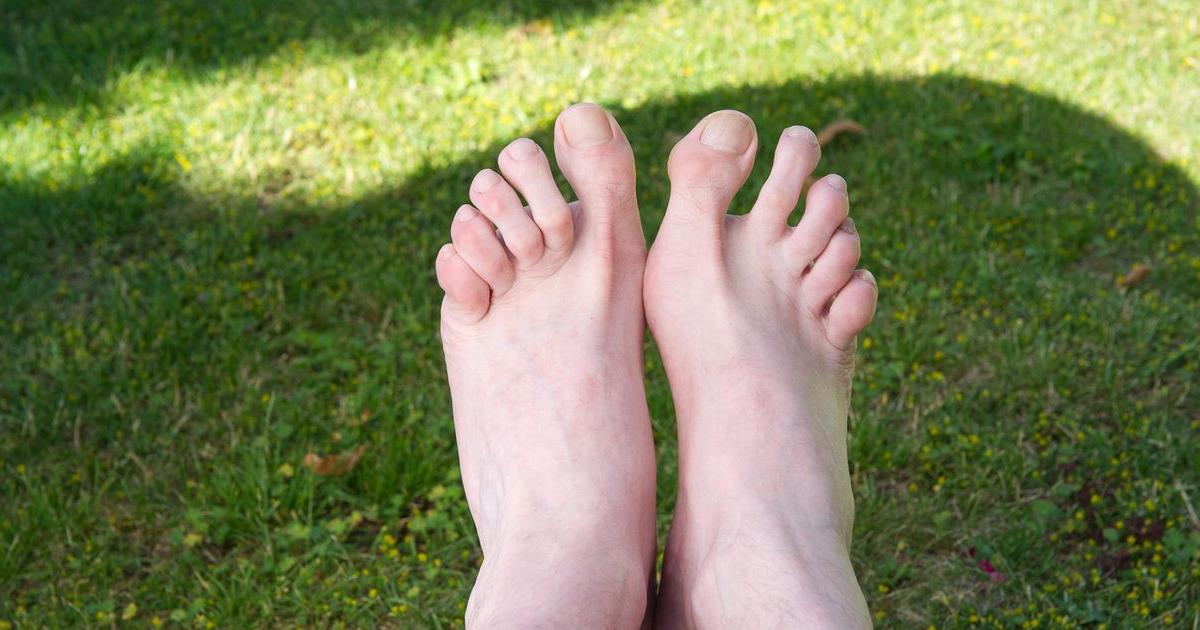
An abnormal bend in a toe is one of the most frequently seen and easily identified symptoms of hammertoe. The bend always occurs in the middle joint of the affected toe, and this causes the toe to point downward. An imbalance in the muscles, tendons, and ligaments responsible for straightening the toes is the underlying cause of the abnormal bend. The majority of patients with hammertoe will have a bend in either their second, third, or fourth toes. In the early stages of this condition, the bend is typically flexible, and treatment at this stage can help prevent complications. As the condition progresses, the abnormal bend will often become rigid, and the patient may be unable to straighten the affected toe. In severe cases, open sores could form on the toe, and corns or calluses might develop on the middle joint. Swelling, pain, and a burning sensation may be present as well.
Keep reading to reveal more hammertoe symptoms now.
Problems Walking

Hammertoe causes some patients to develop problems walking. Orthopedists can assess the severity of gait issues by observing the patient as they walk around the exam room. To rule out other conditions that could cause walking trouble, the orthopedist might check the patient's reflexes, sensation, and muscle tone. Patients may notice they have more walking difficulties in high heels and similar types of shoes that provide inadequate space for the toes and cause rubbing between the toes and the shoe. To reduce pressure on the toes and prevent a hammertoe from getting worse, clinicians recommend that individuals choose shoes with heels of no more than two inches, and footwear with a deep, wide toe box can also help. Shoes with laces or straps are often easier on the feet than flip flops or shoes without backs which typically offer little or no support for the foot. Toe splints, heel wedges, padding, and other types of shoe inserts may make walking easier for some patients. In addition to footwear changes and orthotics, it is important for the patient to spend a portion of the day without wearing shoes. If the bend in the toe is still flexible, physical therapy exercises that strengthen the extensor muscles (the muscles that pull the toes upward) could help to improve the patient's comfort while walking.
Learn more about spotting hammertoe now.
Toes With A Claw-Like Appearance
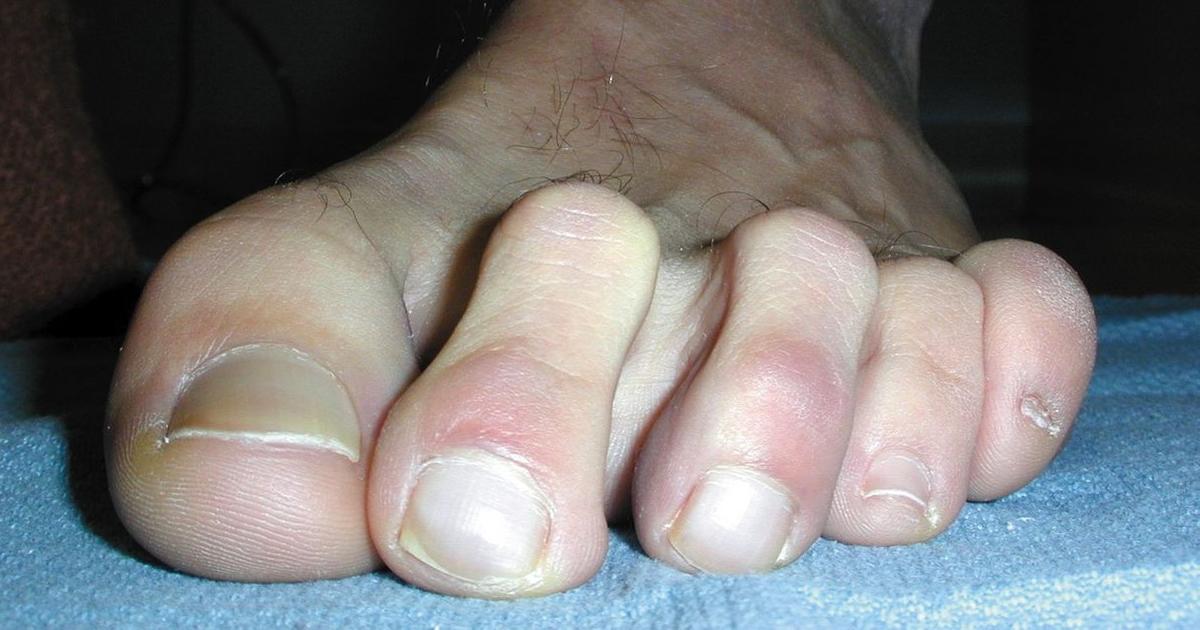
The bend in the toe that occurs with hammertoe typically looks like an upside-down V, and this ailment often results in toes with a claw-like appearance. In addition to the abnormal bend, the appearance of the toes may be complicated by the formation of bunions (bumps on the sides of the feet), and patients might develop knuckle pads (areas of thickened skin over the toe joints caused by rubbing from footwear). Arthritis, rheumatoid arthritis, flat feet, and pain in the ball of the foot (metatarsalgia) could increase the claw-like appearance of the toes. X-rays or other imaging studies can reveal the severity and potential underlying causes of any clawing. Some hammertoe patients with this symptom may need to have surgery. The most common type of surgical procedure for the correction of hammertoe involves releasing the affected tendon so the toe can straighten. Sometimes, surgeons might remove a small piece of bone to allow the toe to be as straight as possible. If the patient has multiple toe deformities contributing to hammertoe, the surgeon may be able to treat some of these during the same operation.